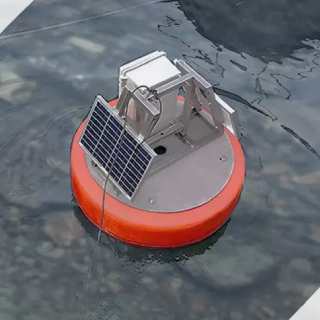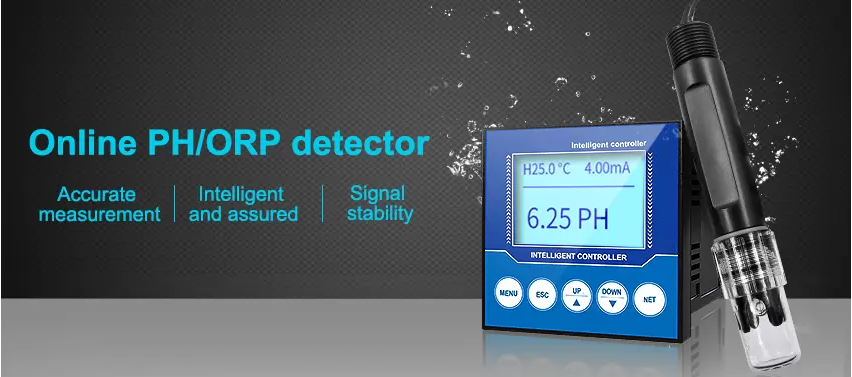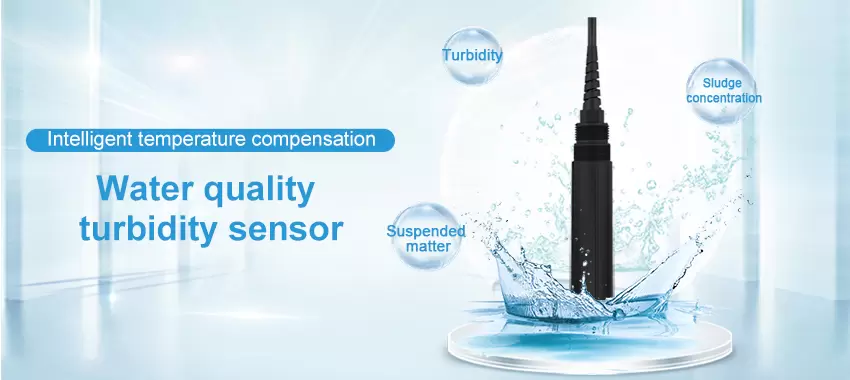River water quality sensor

River water quality sensor are vital tools for monitoring the health of waterways. They measure key parameters such as pH, temperature, dissolved oxygen, and turbidity to provide a detailed picture of the water quality in rivers, streams, and other bodies of water. In this article, we will take a closer look at how river water quality sensors work, and how they help to keep our waterways clean and healthy.
River water quality sensors use a variety of techniques to measure different aspects of water quality. Some sensors are designed to measure the level of dissolved oxygen in the water, which is an important indicator of the health of aquatic ecosystems. Low levels of dissolved oxygen can indicate pollution, while high levels can cause problems such as algal blooms.
Other sensors measure the temperature of the water, which can have a significant impact on aquatic life. Water temperature affects the metabolism of fish, and changes in temperature can also affect the amount of dissolved oxygen in the water. High water temperatures can also encourage the growth of harmful bacteria and other organisms, which can be a major problem in urban areas.

We also use pH sensors to monitor river water quality data. pH is a measure of the acidity or alkalinity of the water, and can have a major impact on aquatic life. Some species of fish and other organisms are very sensitive to changes in pH, and even small fluctuations can be harmful. pH sensors can alert researchers and water management professionals to changes in water quality that may indicate pollution or other problems.

Turbidity sensors are another important tool for monitoring water quality. Turbidity is a measure of the amount of suspended particles in the water, and can be an indicator of pollution or erosion. High levels of turbidity can be harmful to aquatic life, as it can reduce the amount of light that penetrates the water, making it difficult for plants and algae to grow.
River water quality sensors use a variety of different techniques to measure these parameters. Some sensors use electrodes to measure the electrical conductivity of the water, while others use optical sensors to measure the amount of light that passes through the water. Some sensors are designed to be placed directly in the water, while others can be mounted on buoys or other structures.
Once data is collected from these sensors, we can analyze the data to provide a detailed picture of the water quality in a particular area. This information can be used to identify pollution sources and other problems, and to develop strategies for improving water quality.